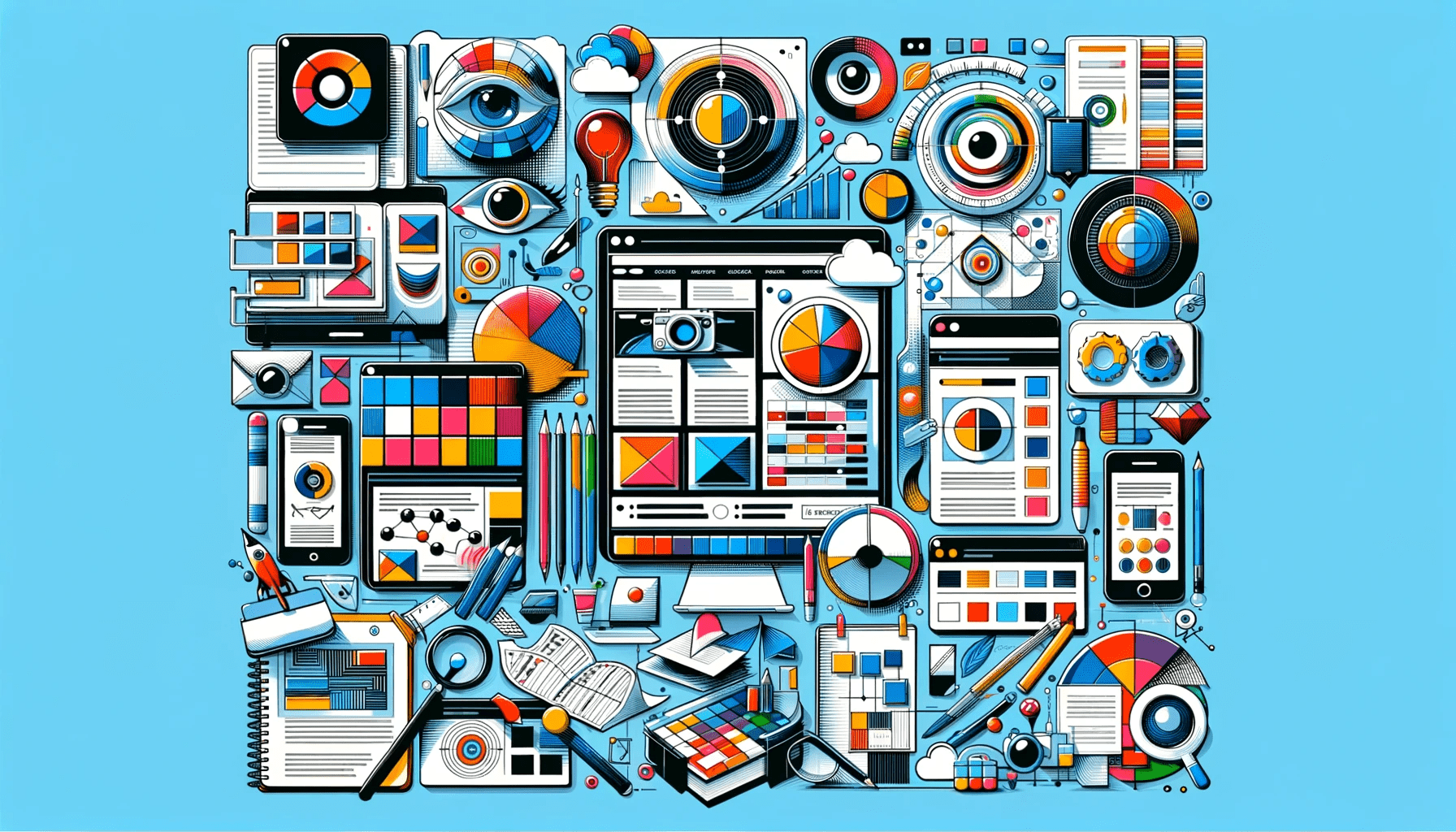In the intricate world of web design, every element plays a crucial role in shaping user experience. However, what often goes unnoticed is the subtle yet profound influence of colors and layouts on user decision-making. This blog dives deep into the psychology behind these design choices, exploring how they impact the digital journey of users.
The Power of Color in Web Design
Setting the Mood
Color is more than a visual element; it’s a powerful communication tool. It can set the mood of a website and evoke specific emotions in users. For instance, blue often instills a sense of trust and security, making it a popular choice for banking and social media sites. On the other hand, red can create a sense of urgency or excitement, frequently used in call-to-action buttons or sale announcements.
Cultural Considerations
It’s important to note that color perception can vary across cultures. For example, while white is associated with purity and peace in many Western cultures, it’s often linked to mourning in some Eastern cultures. Understanding the cultural context of your target audience is crucial in making informed color choices.
Layouts: Guiding the User’s Eye
The ‘F’ Pattern
Studies have shown that users typically scan websites in an ‘F’ pattern, focusing more on the top and left side of the screen. This insight is invaluable in designing layouts. Placing key information and calls to action along these lines can significantly increase their visibility and effectiveness.
The Power of White Space
White space, or negative space, is the unmarked area between design elements. Far from being mere empty space, it plays a pivotal role in content prioritization and readability. Adequate white space can make a website feel open, uncluttered, and well-organized, aiding in better information processing by users.
Decision Making and Design Elements
Calls to Action
The placement, color, and size of call-to-action (CTA) buttons are critical. A contrasting color for a CTA button can make it stand out and encourage clicks. The size should be proportional to its importance – too big might be overwhelming, while too small can be overlooked.
Typography and Readability
Typography is another vital aspect. The font style, size, and color can affect readability and the user’s ability to quickly process information. For example, sans-serif fonts are often preferred for digital platforms due to their clarity and ease of reading on screens.
Conclusion
The psychology behind web design is a fascinating and complex field. As web designers and marketers, understanding how colors and layouts influence user behavior can lead us to create more intuitive, effective, and user-friendly websites. By applying these psychological principles, we can guide users through a website in a way that feels natural and satisfying, ultimately leading to better decision-making and increased conversions.
In the end, the art of web design is much more than aesthetics; it’s about creating an environment that resonates with users on a psychological level, driving engagement and decisions in subtle yet impactful ways.








